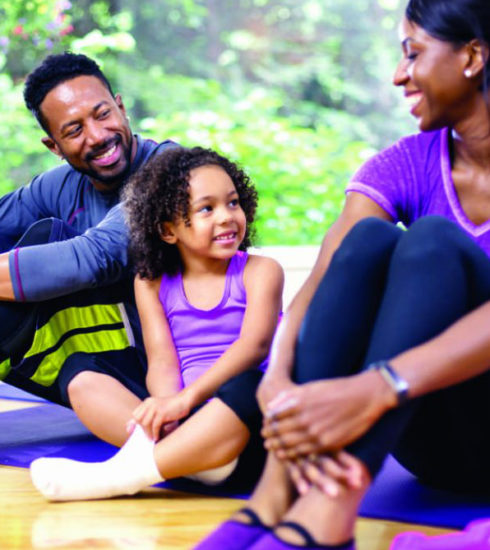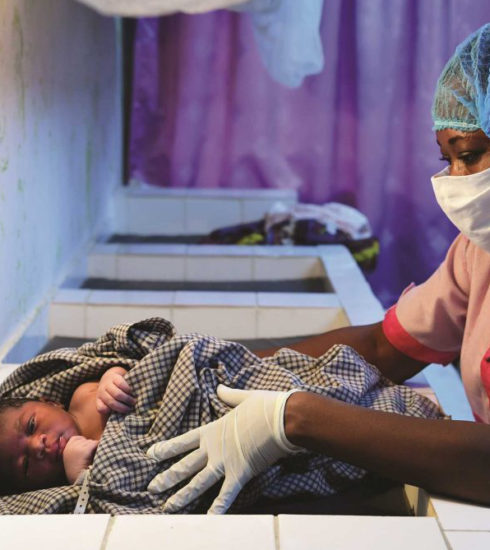3 Ways Being A Label Reader Helps Protect People And The Planet
We’ve all seen people reading the labels of food, beverage and supplement packaging to look at the ingredients and nutrition facts – chances are you have, too. More than ever, shoppers are looking at labels to make sure products match up with their values, whether it’s protecting people or the planet. Over the past decade, purchase of and trust in food labels has increased, showing an upward trend in shoppers voting with their dollars for what they care about most. In fact, more than half of U.S. consumers agree eco-labels raise their trust in a brand, and nearly 65% believe retailers’ and brands’ claims about sustainability and the environment need to be clearly labeled by an independent organization (GlobeScan 2020).
October is the perfect time to remember to take a second look for the labels that help you shop your values – it’s National Seafood Month, Fair Trade Month and Non-GMO Month! These national months are a time when we can remind ourselves to focus on food sustainability and traceable supply chains. Three trustworthy labels to look for during your next grocery trip:
- The blue fish: From the seafood counter, to canned or pouched fish, to frozen seafood, and even pet food and supplements, look for the blue fish label from the Marine Stewardship Council (MSC). Products with the MSC blue fish label are independently certified sustainable, wild-caught seafood. MSC certified products are traceable back to a sustainable source in order to fight fraud and mislabeling.
- The butterfly: Processed foods – especially those containing corn, soy and sugar derivatives – dairy, meat and eggs, fruit and vegetables, snack foods, vitamins and supplements, vegetable oils, body care products and more can carry the Non-GMO Project’s butterfly label. In buying products with the butterfly label, sustainability-minded shoppers will know they’re truly avoiding consuming genetically modified organisms (GMOs).
- The blue and green farmer: Farming is the single largest employer in the world – two out of every five people farm for a living! Purchasing goods with the Fairtrade America logo is an easy way to make a difference in the lives of people who grow our food, enabling them to earn a decent wage to support their families. Look for the logo on coffee, tea, chocolate, produce, cotton and more! By buying Fairtrade products, you are also helping to combat climate change, support gender equality, end child labor and protect workers’ rights.
No matter the grocery aisle, there’s a label to look for, and making sure to purchase products that are MSC, Fairtrade and Non-GMO Project certified ensures you’re doing what’s good for your family, good for producers and good for the planet.
– This article was curated from BPT







